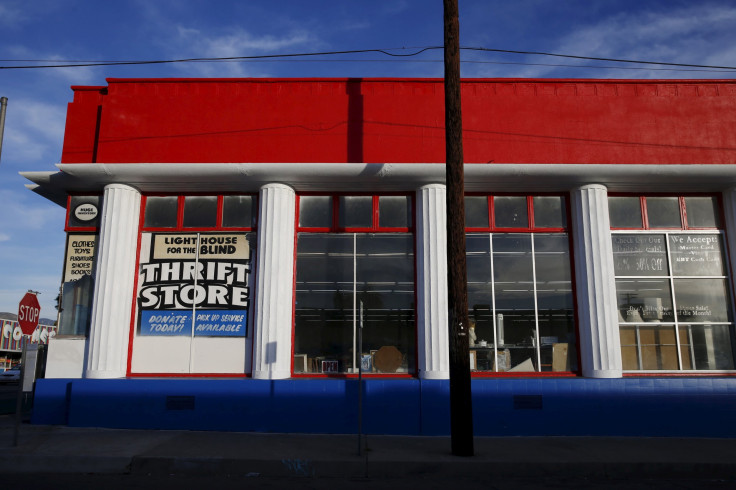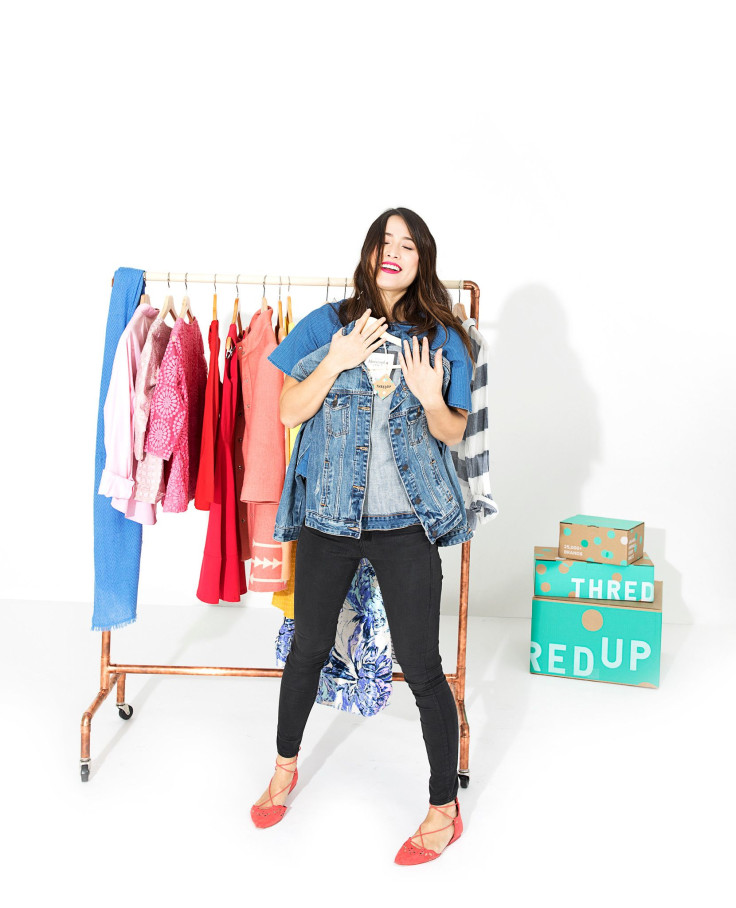Shopping Trends In 2017: How Millennials Spend Money And The Future Of Resale

As the spending and buying habits of consumers shift and evolve, retailers and fashion brands must pivot, finding new ways to accommodate the shopper.
Between the tug-of-war of online versus onsite, digital app versus brick-and-mortar, consumers have taken a modern approach to a nostalgic method of shopping. Buying resale and secondhand apparel and products have not only maintained popularity among shoppers looking for a good deal, but has become a choice contender for go-to retail purchases, especially for millennials, according to an annual resale trends report from “re-commerce” company, ThredUp.
In its Annual Resale Report, which was released Tuesday, the major online resale company compared its user data to industry data over the past year to create the report, which covers shopping trends by demographic, the most popular purchases to buy second-hand and the future of retail and resale.
Read: Best Retail Companies To Work For 2017: Top 5 Apparel And Home Goods Companies
Among the report’s key findings, ThredUp’s Resale Report charted the growth of resale. The secondhand apparel industry is said to be worth $18 billion — accounting for both online and offline — and is estimated to reach $33 billion by 2021, according to ThredUp.

When it came to purchasing secondhand online and onsite, online resale was a preferred option for shoppers, growing four times faster than offline thrifting. So what are resale shoppers purchasing? The report revealed that shoes, clothing and apparel accounted for 49 percent of purchases, while books accounted for 14 percent and electronics were 10 percent. Finally, when it came to reigning resale trends, the report looked at specific categories: The fastest-selling category was footwear, while the fastest growing category was active wear.
The report also covered resale interest by age group. Compared to Baby Boomers and Generation-Xers, millennials and mature women were both of the likely age groups to purchase secondhand. Women over the age of 65 were said to be 3.4 times more likely to be motivated by both the savings and the value that came with buying secondhand, while millennials were 2.4 times more likely to make a secondhand purchase because they were motivated by making eco-conscious shopping decisions. In fact, 84 percent of millennial shoppers preferred to shop brands that were socially responsible.
The Association of Resale Professionals states on their website that resale is a multi-billion dollar industry, with resale in the U.S. estimated to have annual revenues of about $17 billion, including antique stores.
“The resale market is blossoming thanks to value-conscious consumers,” The Association of Resale Professionals said. “With an increasing awareness of the importance of reducing pointless waste, we are progressing from a disposable society to a recycling society – a change that has enormous market potential for the resale industry as a whole.”
© Copyright IBTimes 2024. All rights reserved.






















